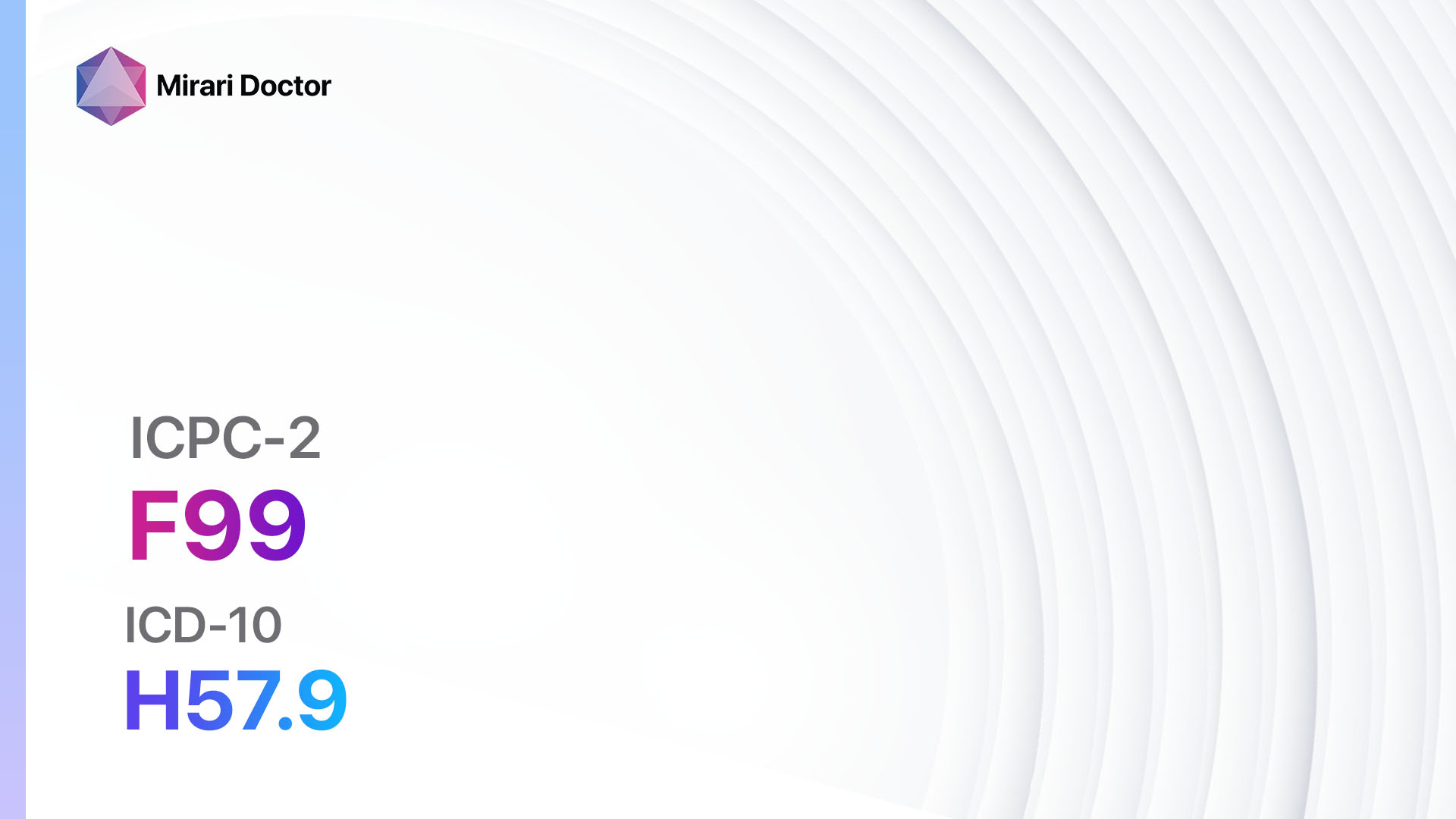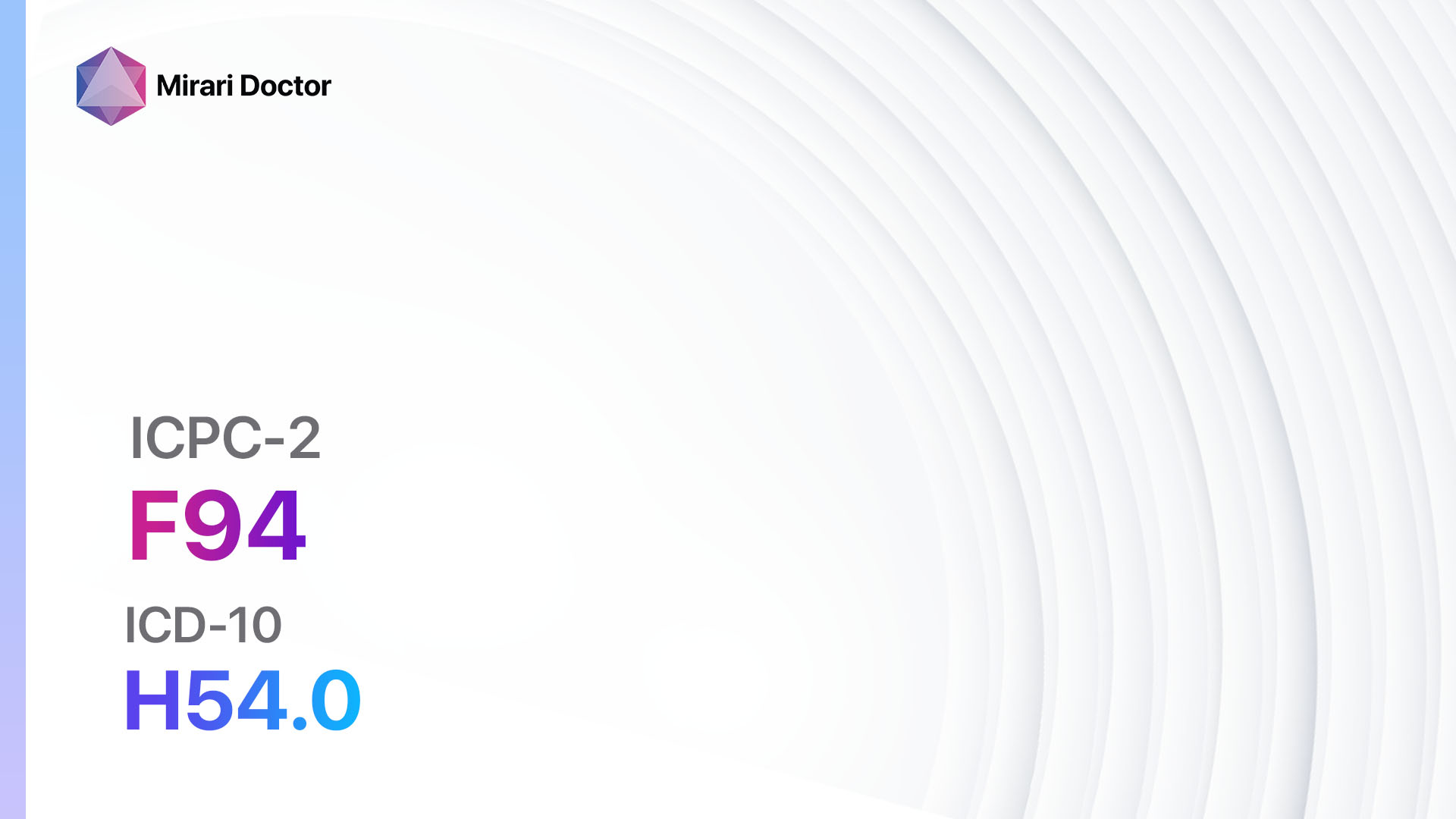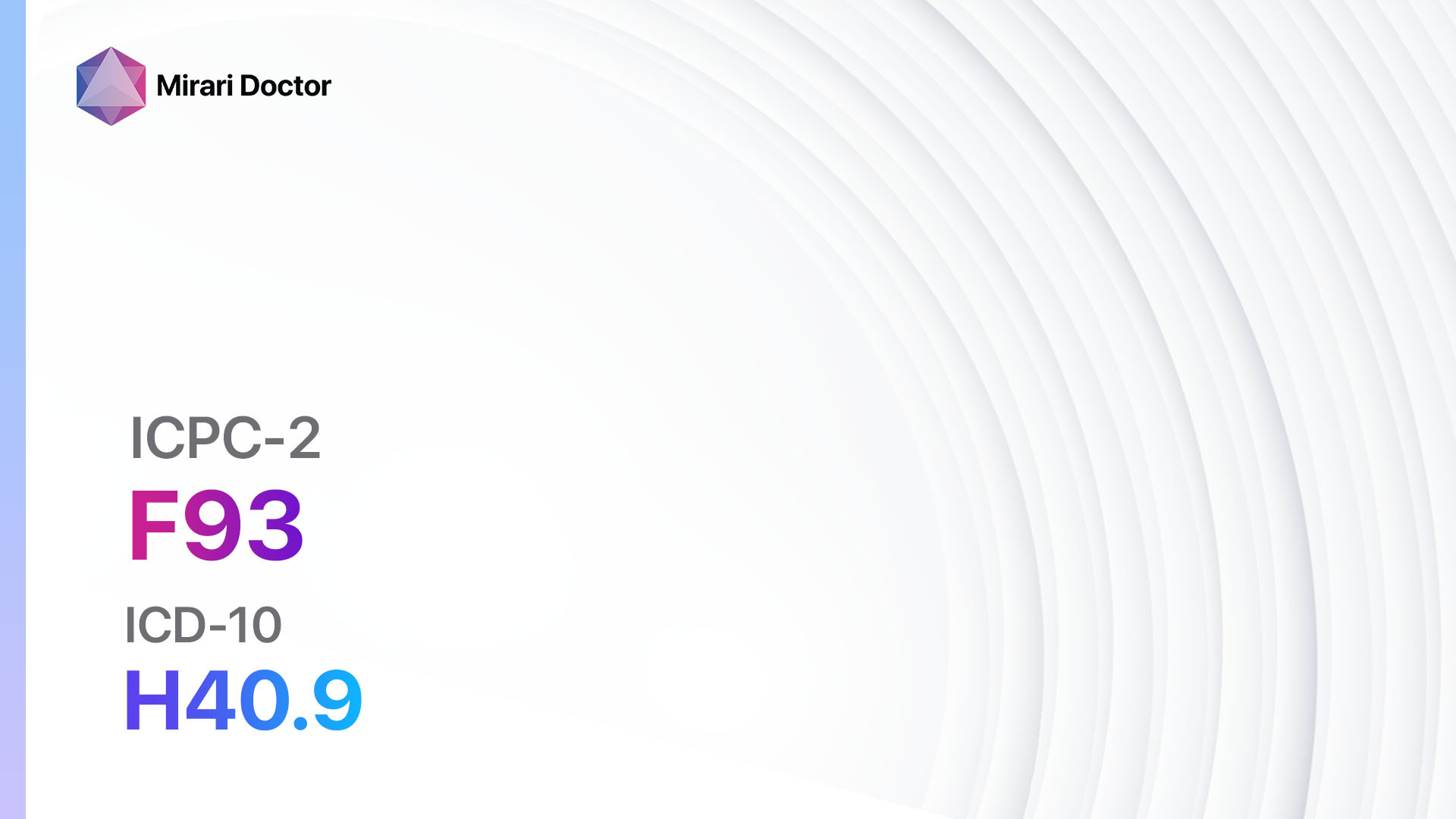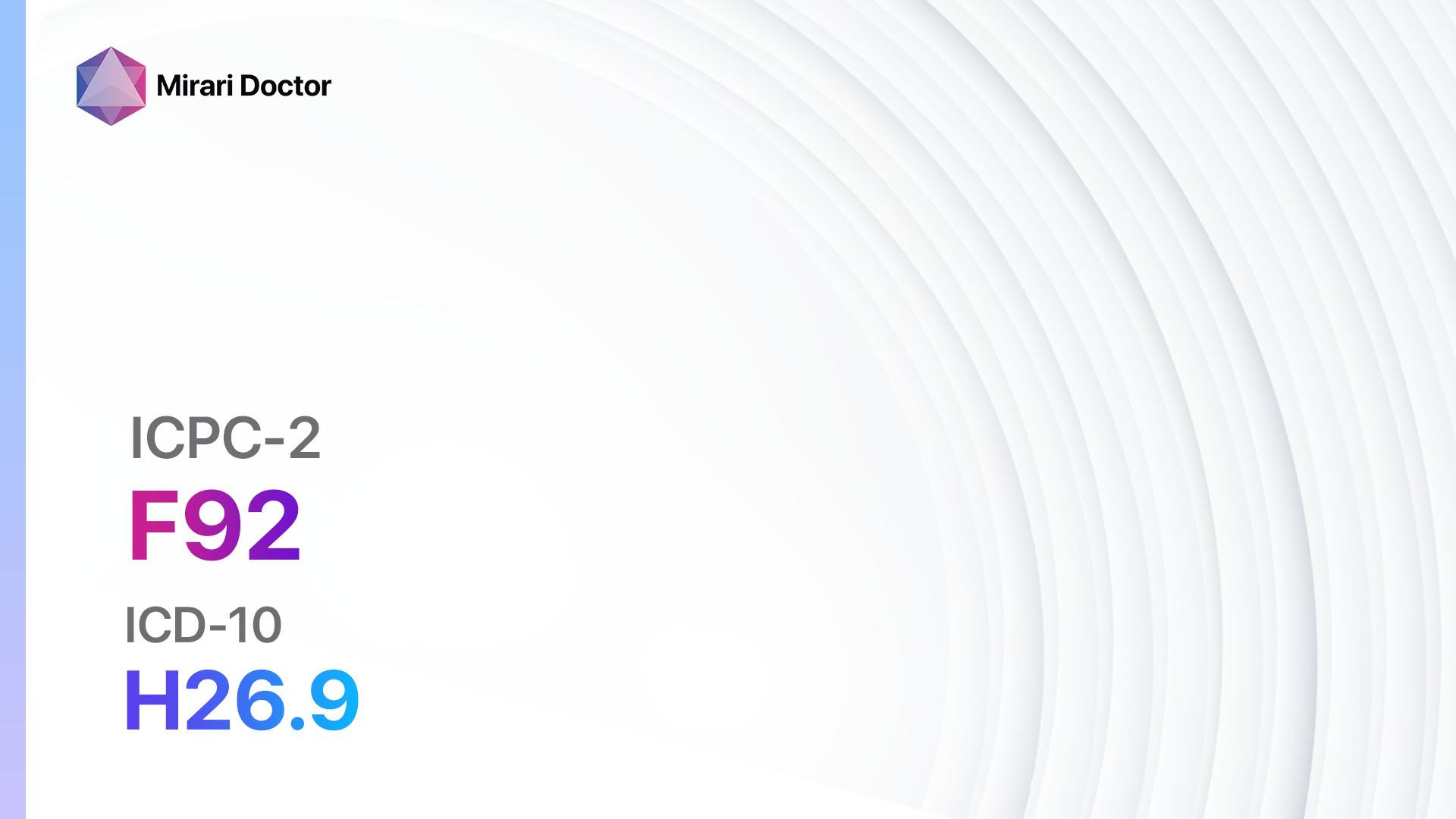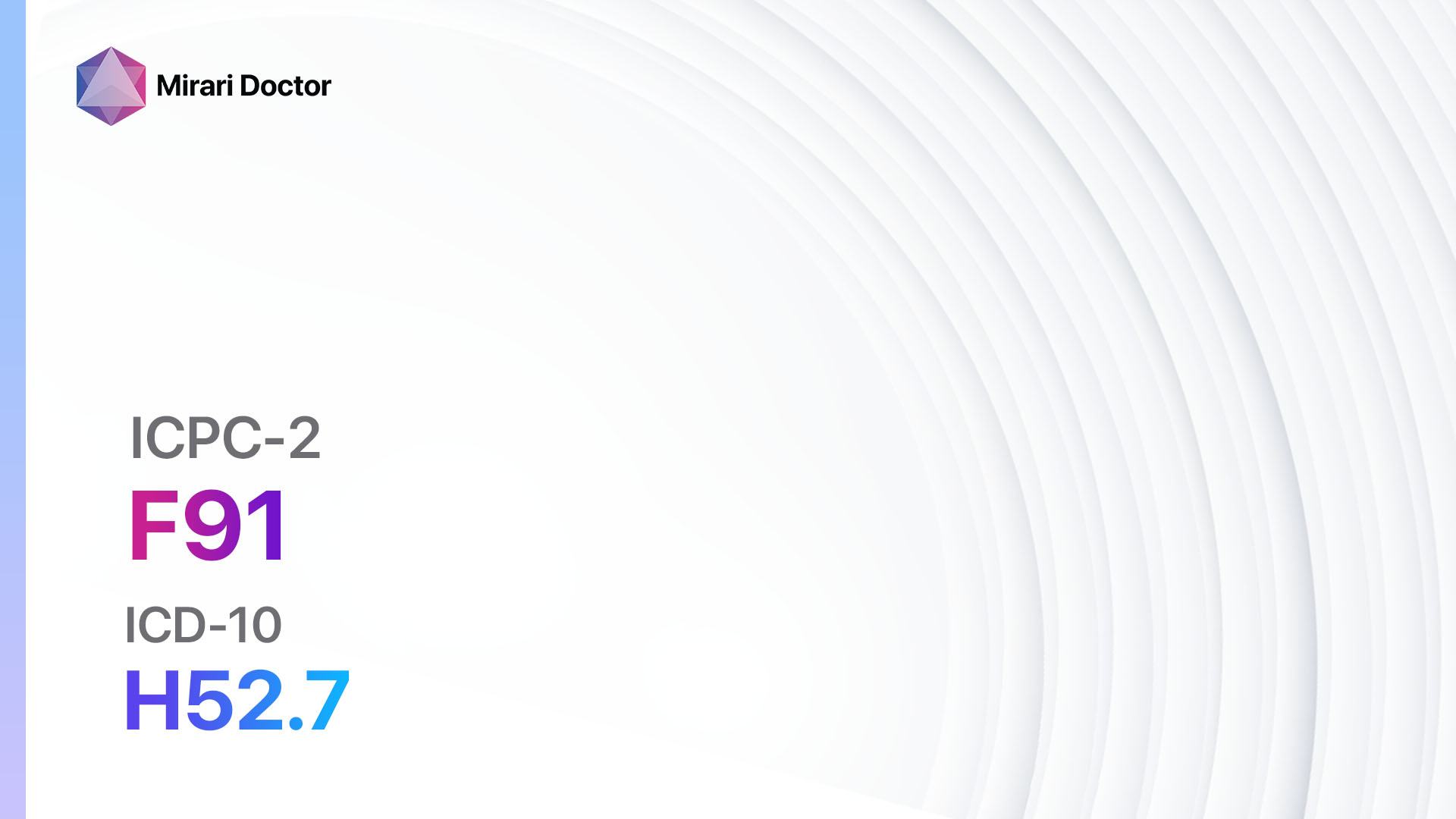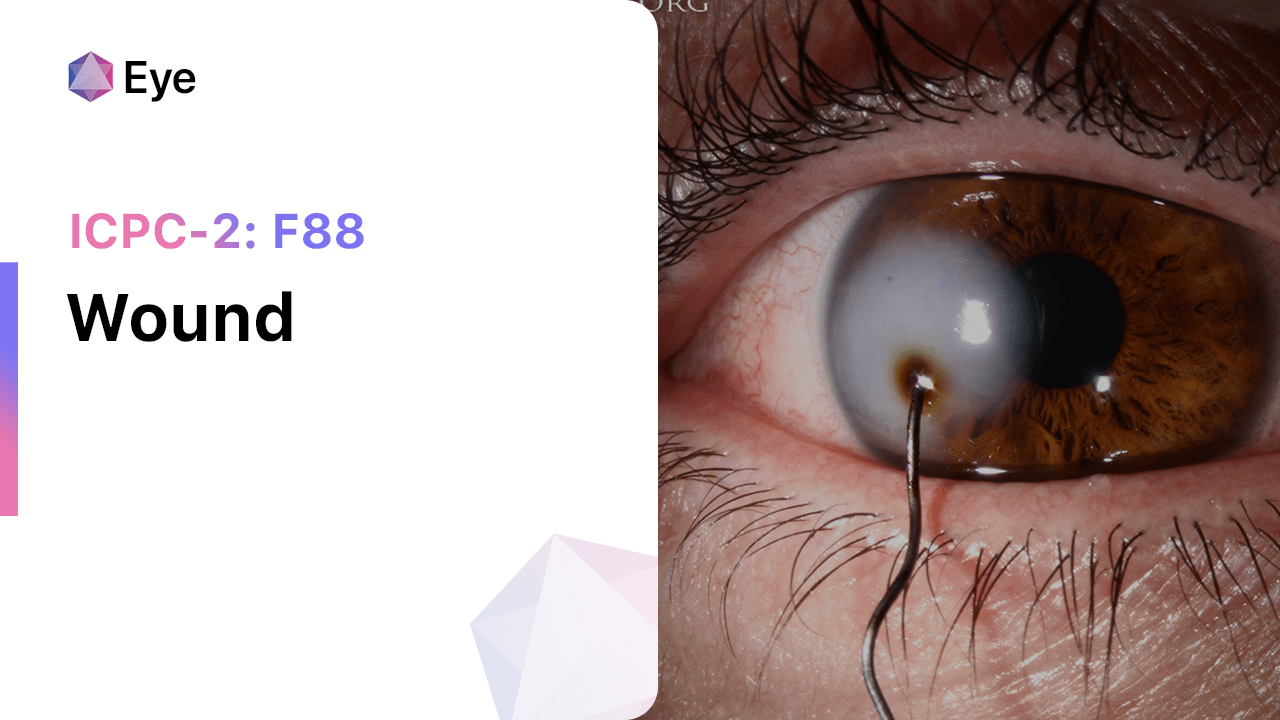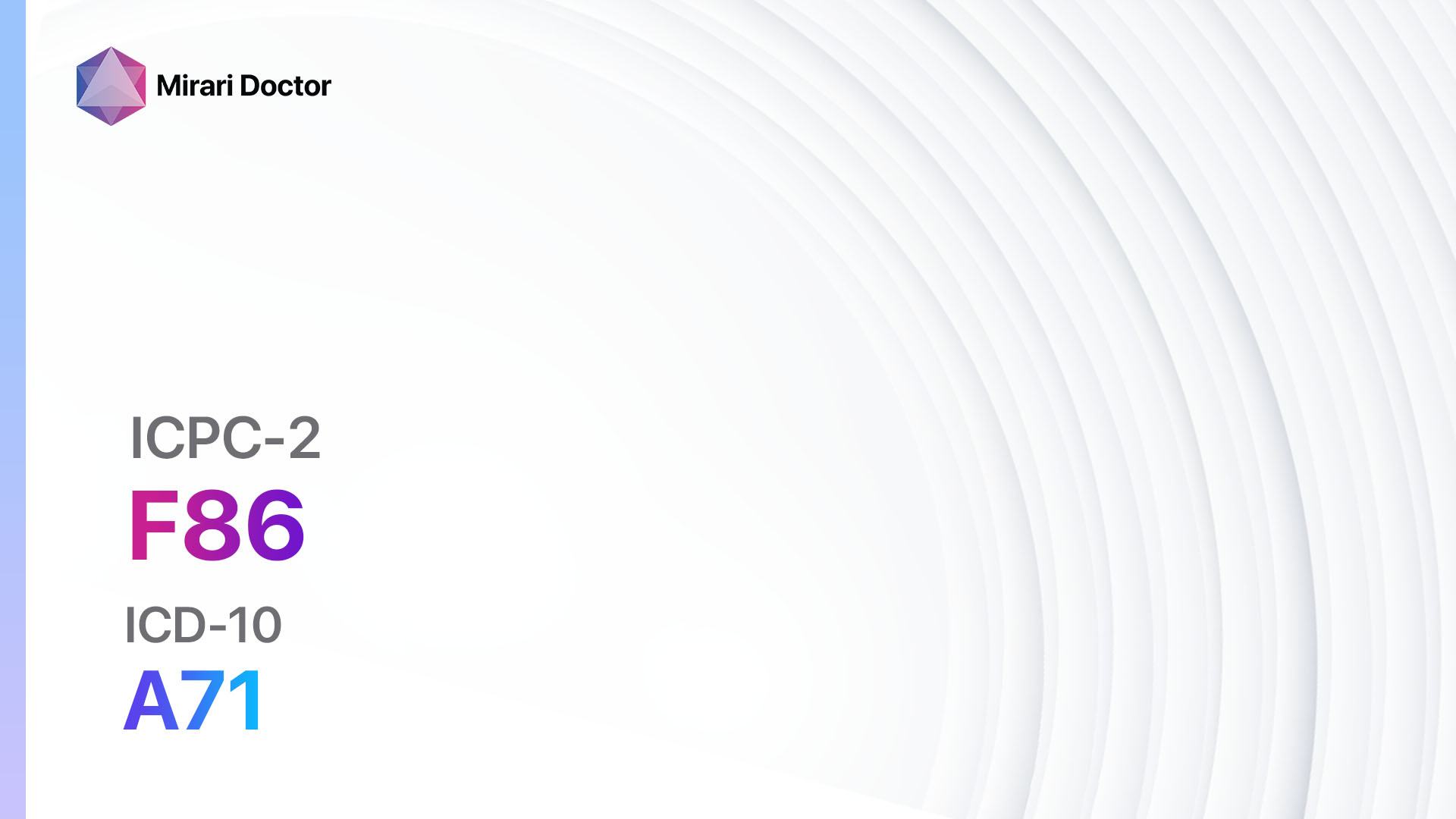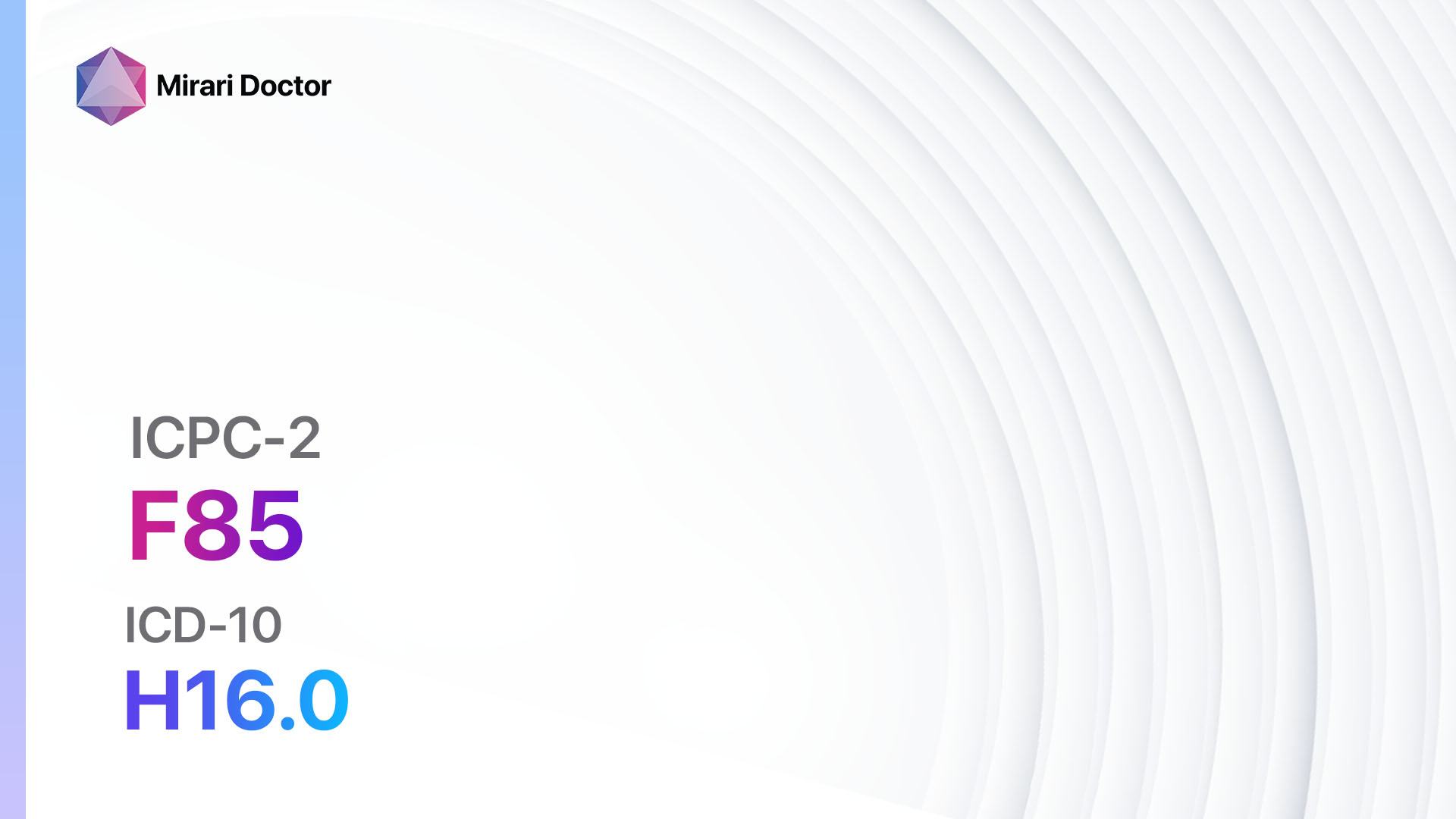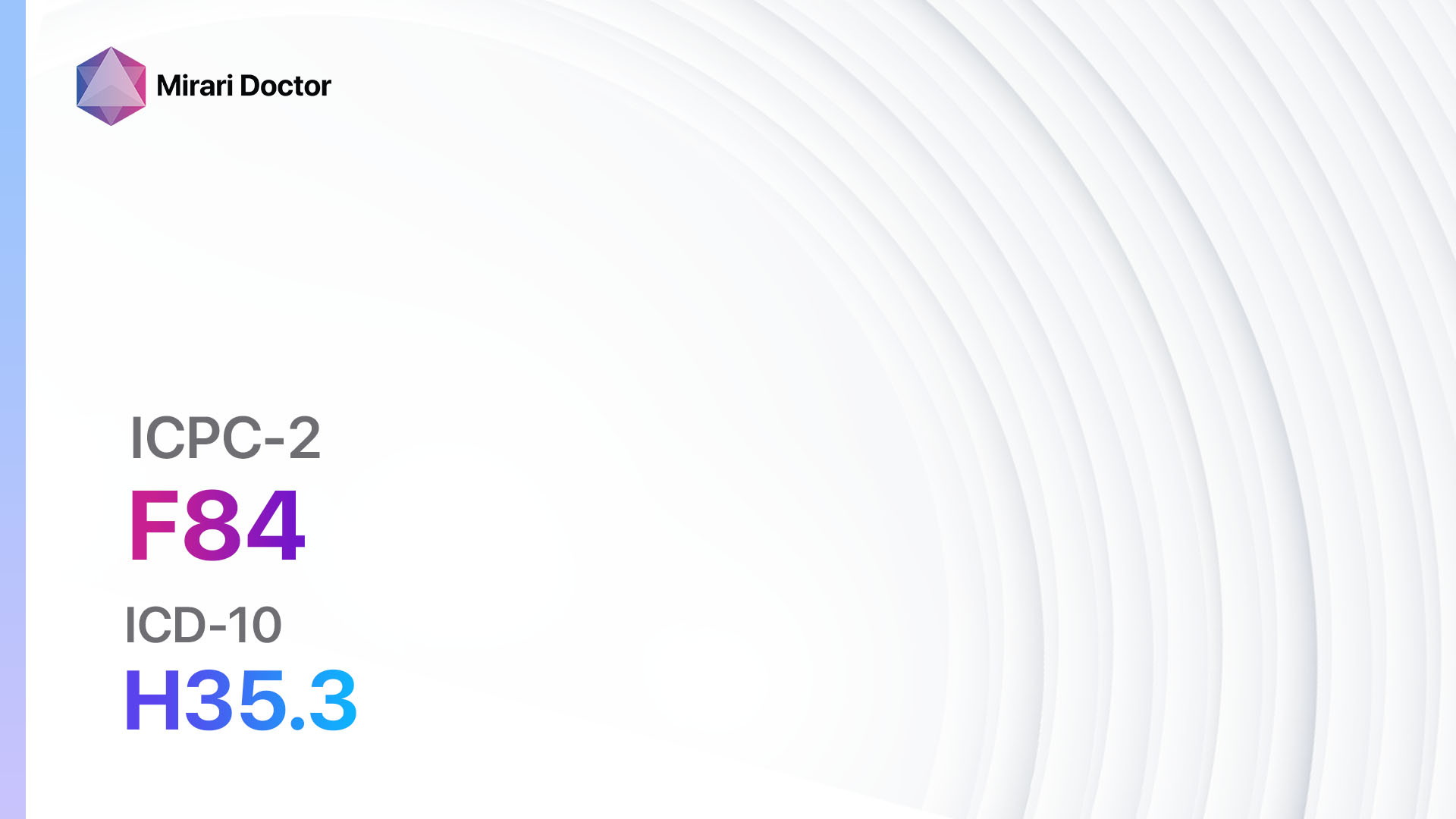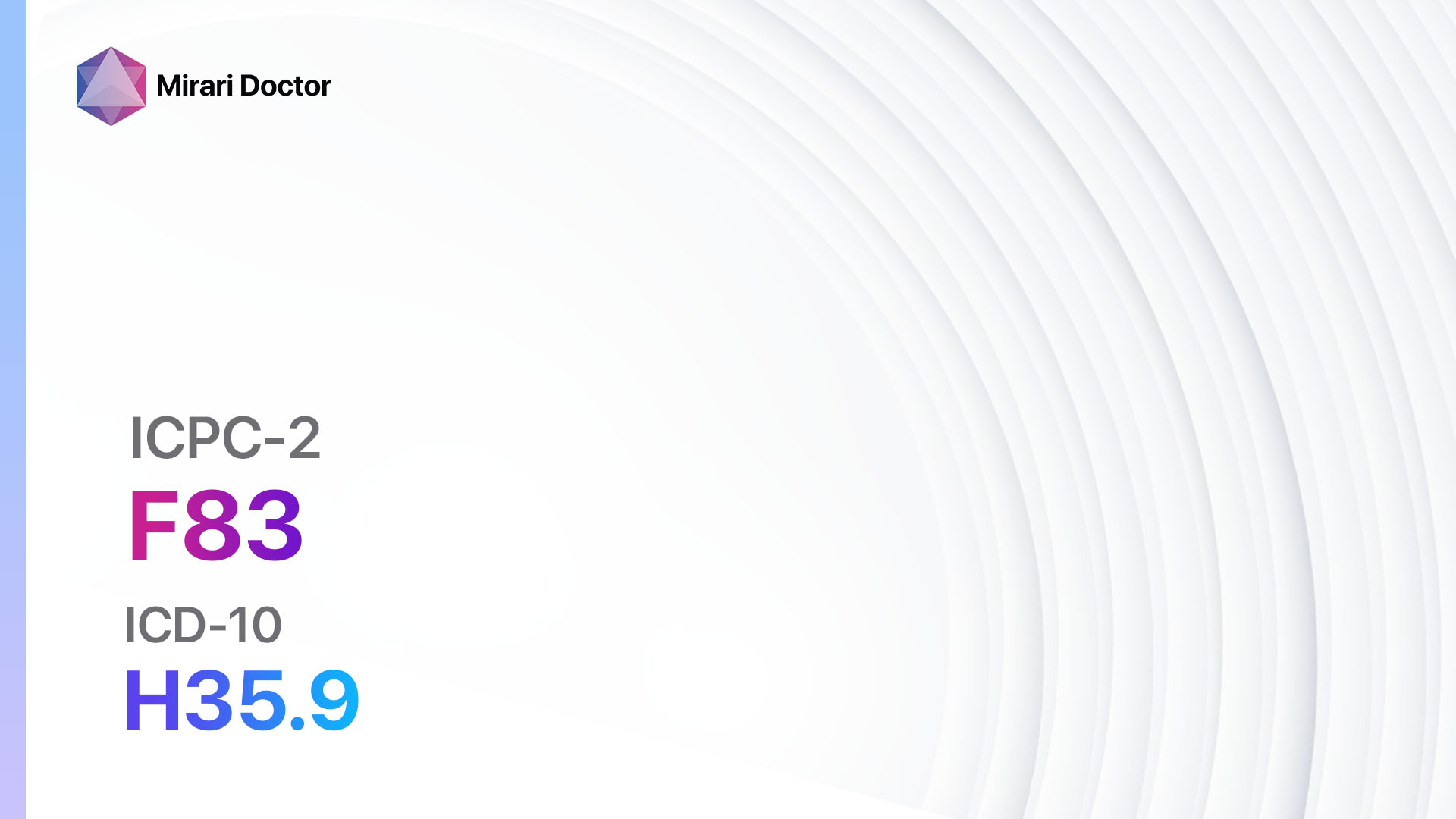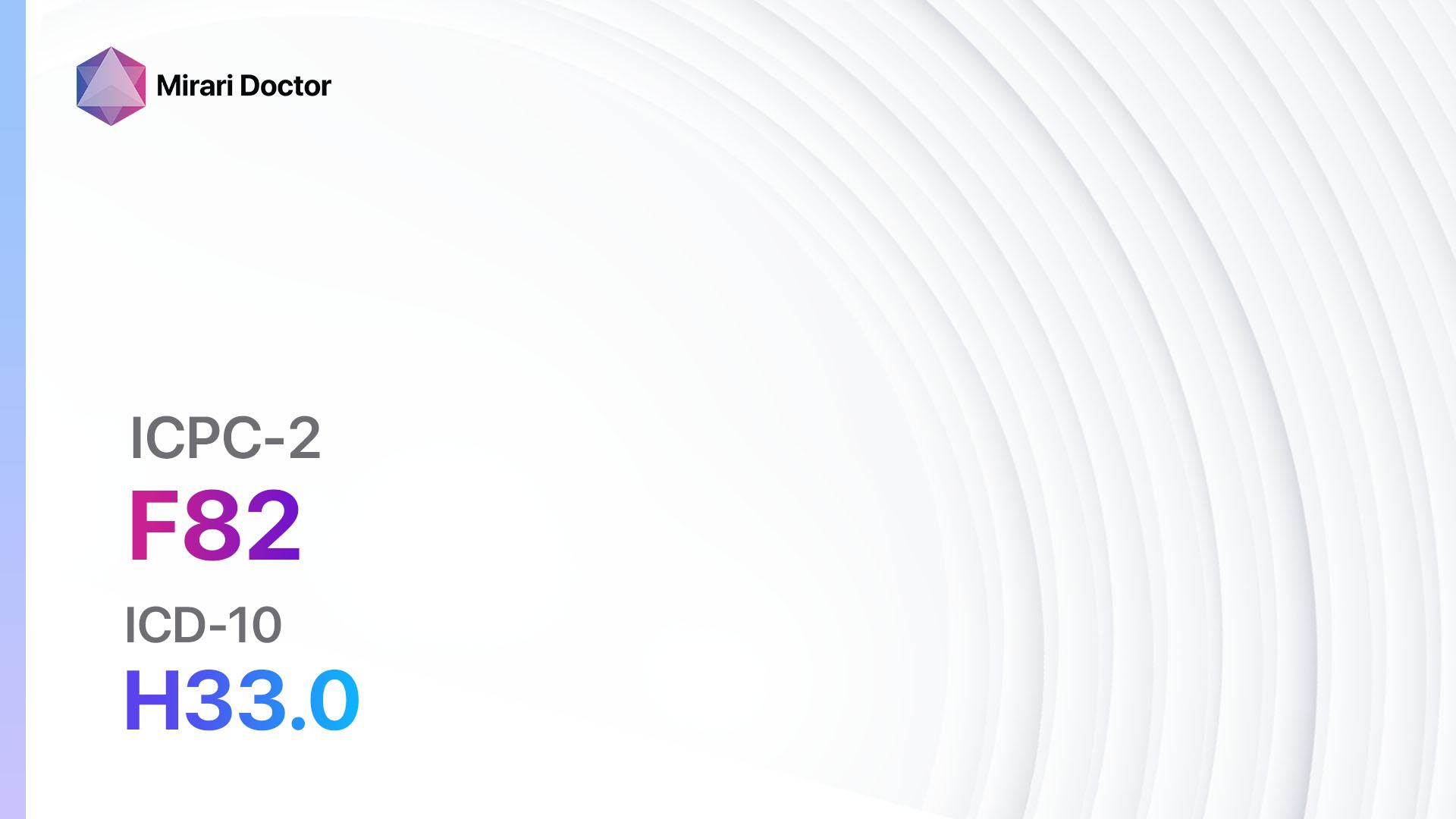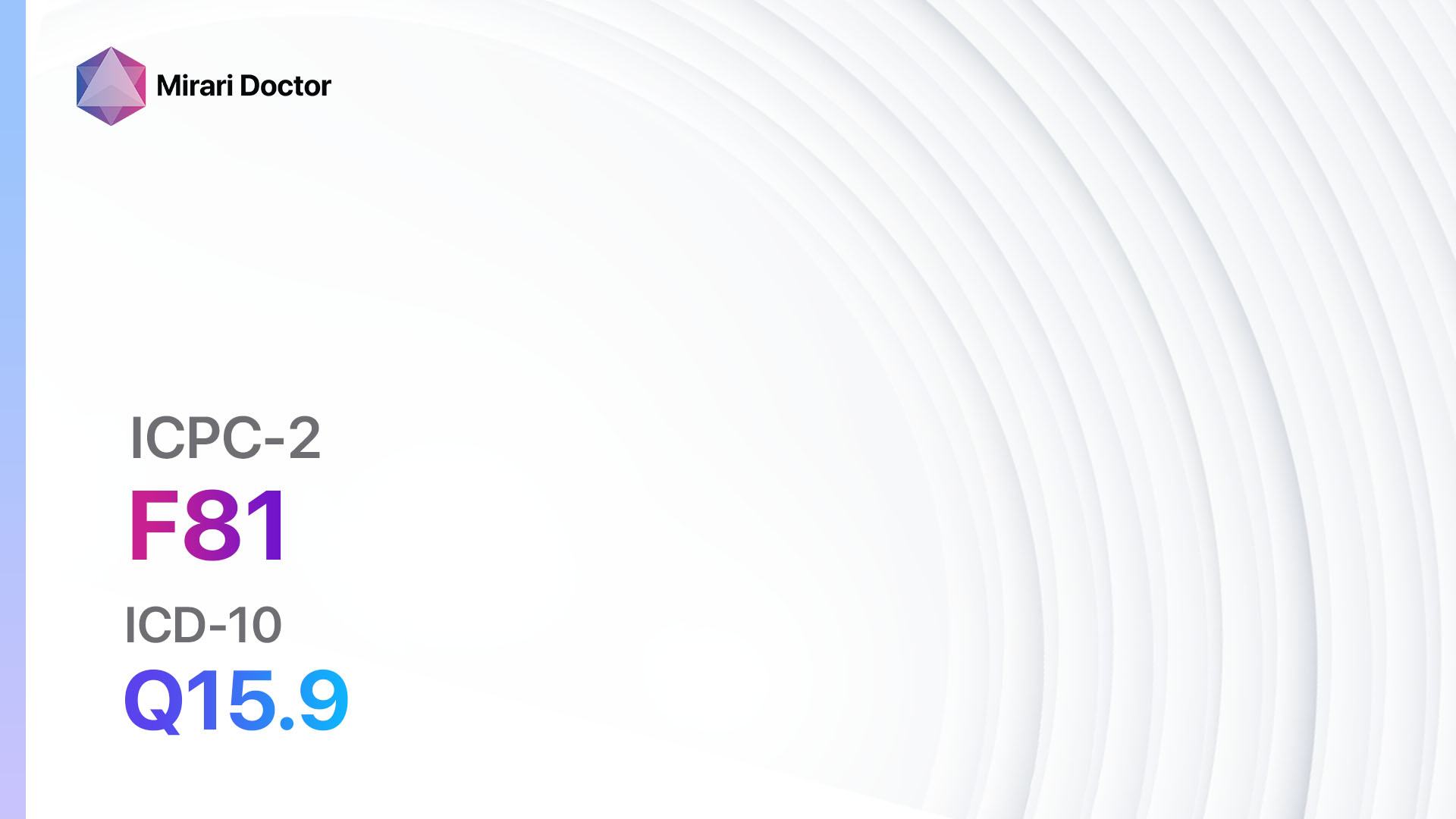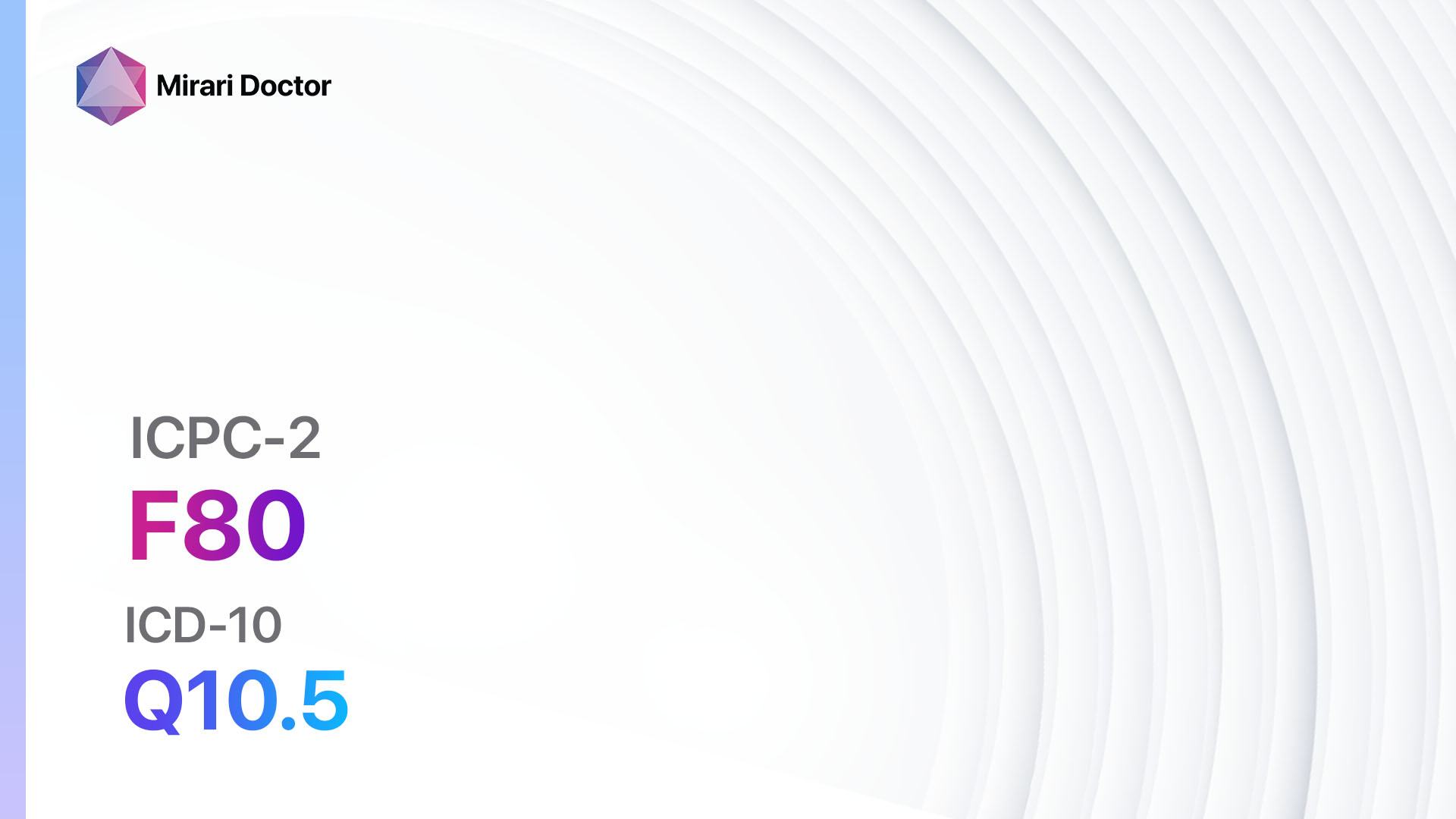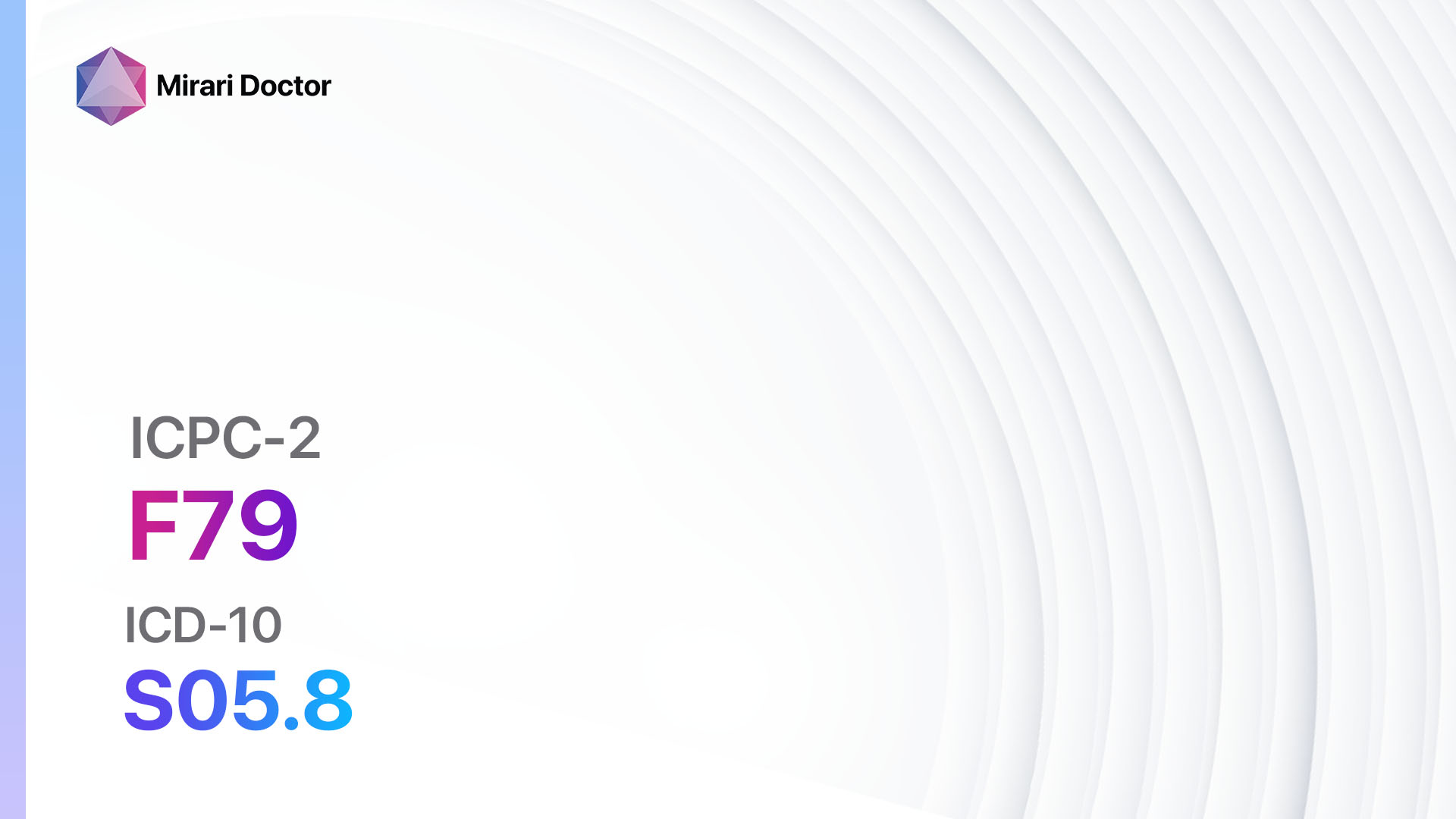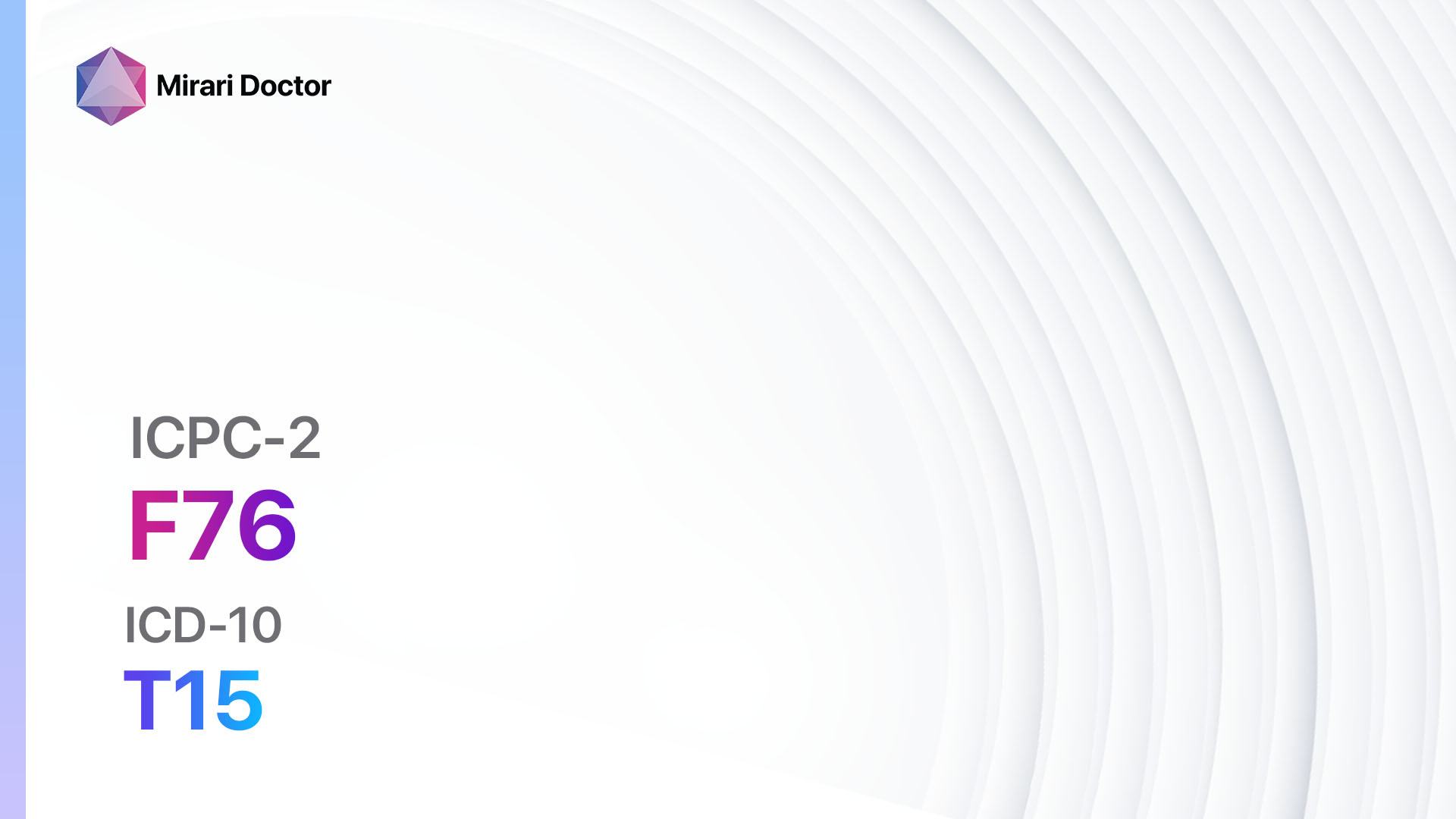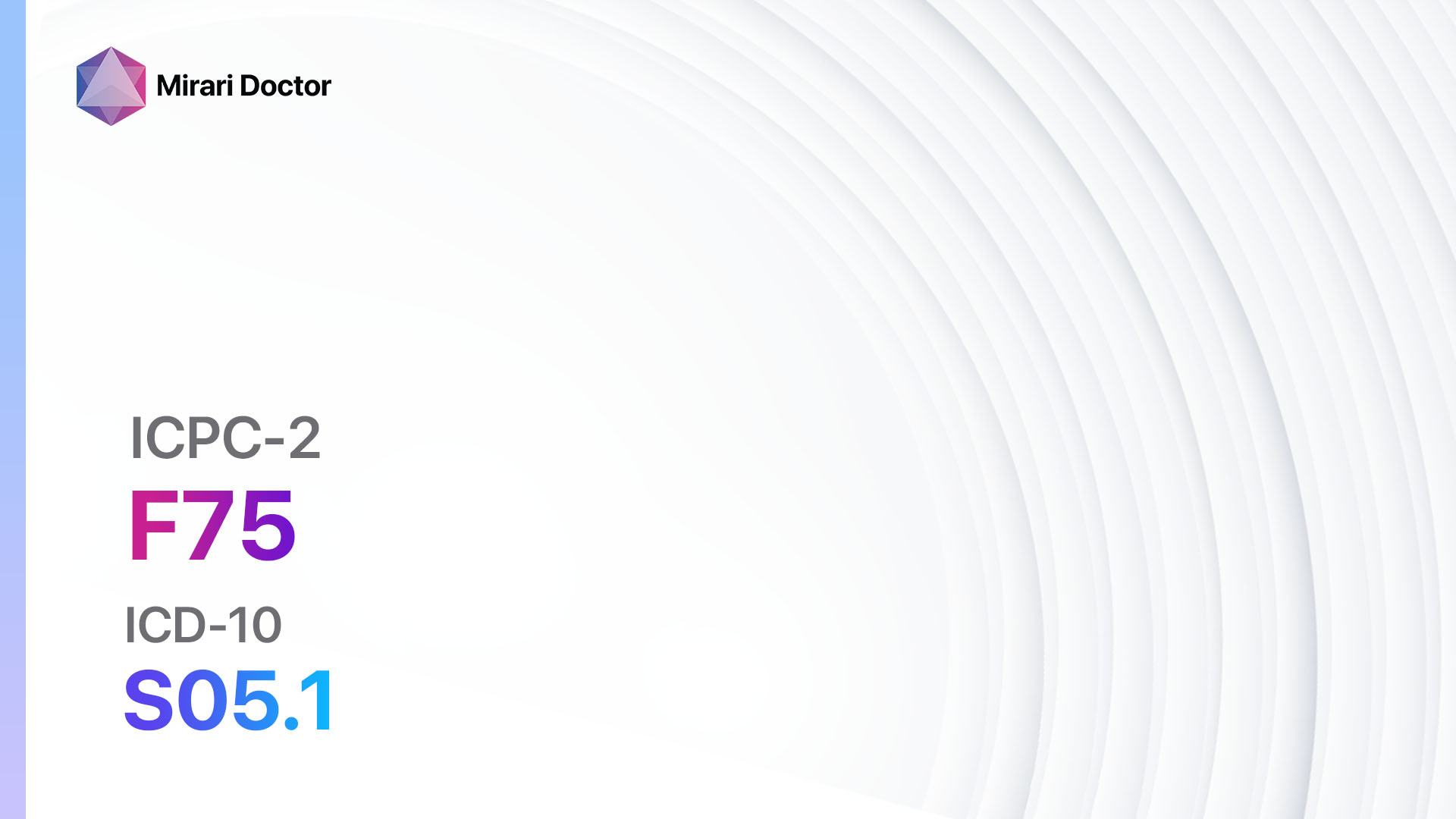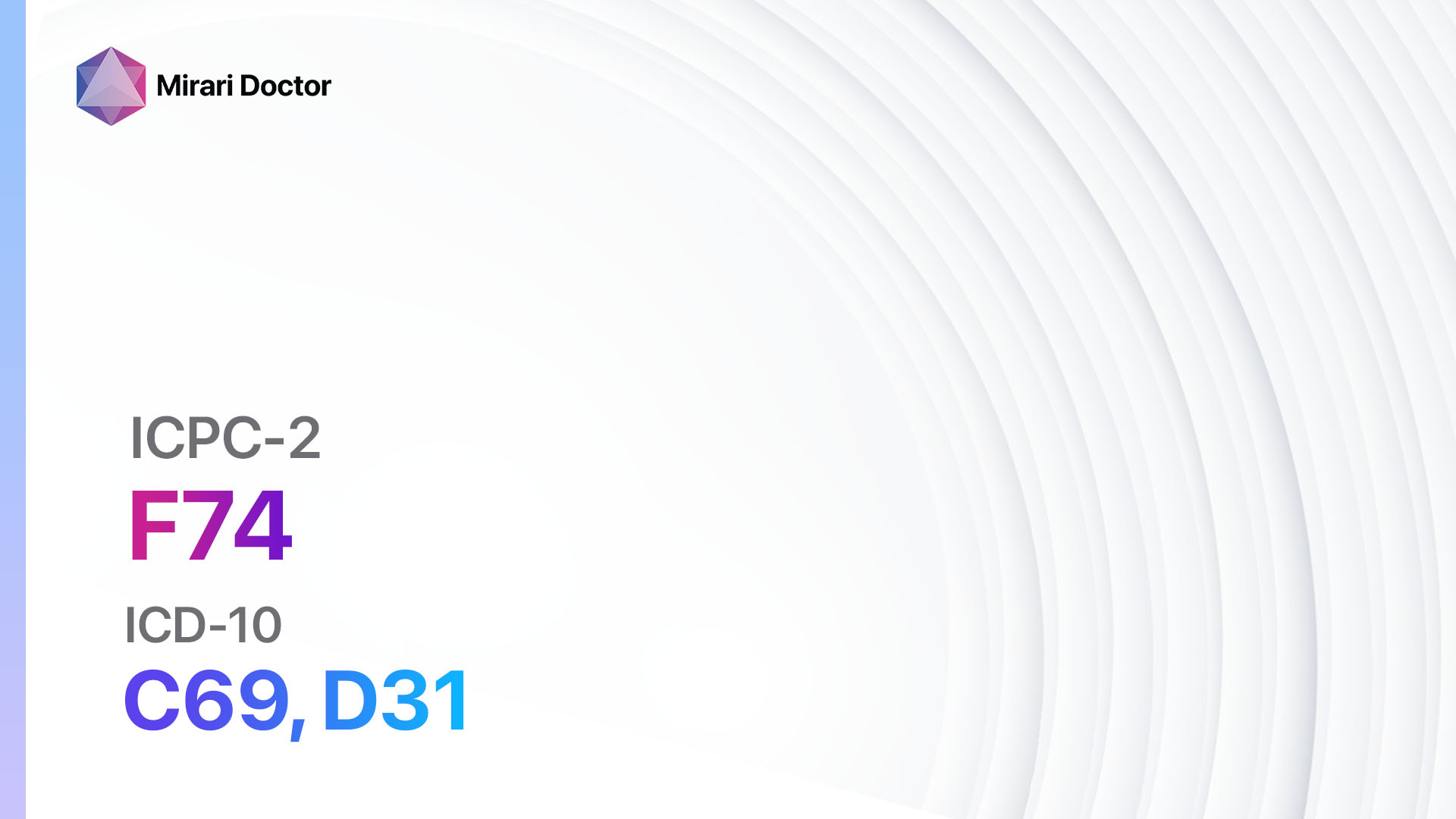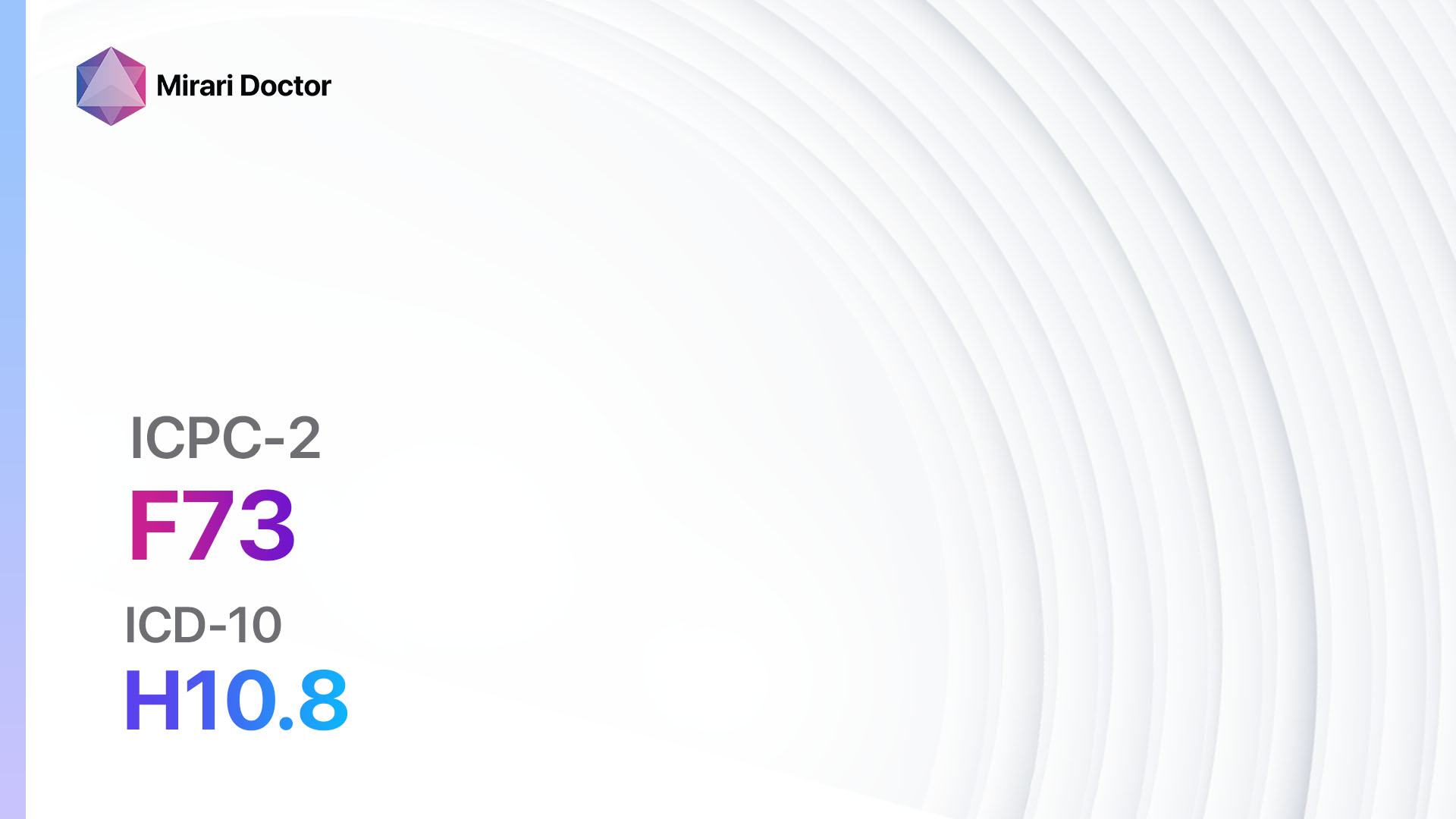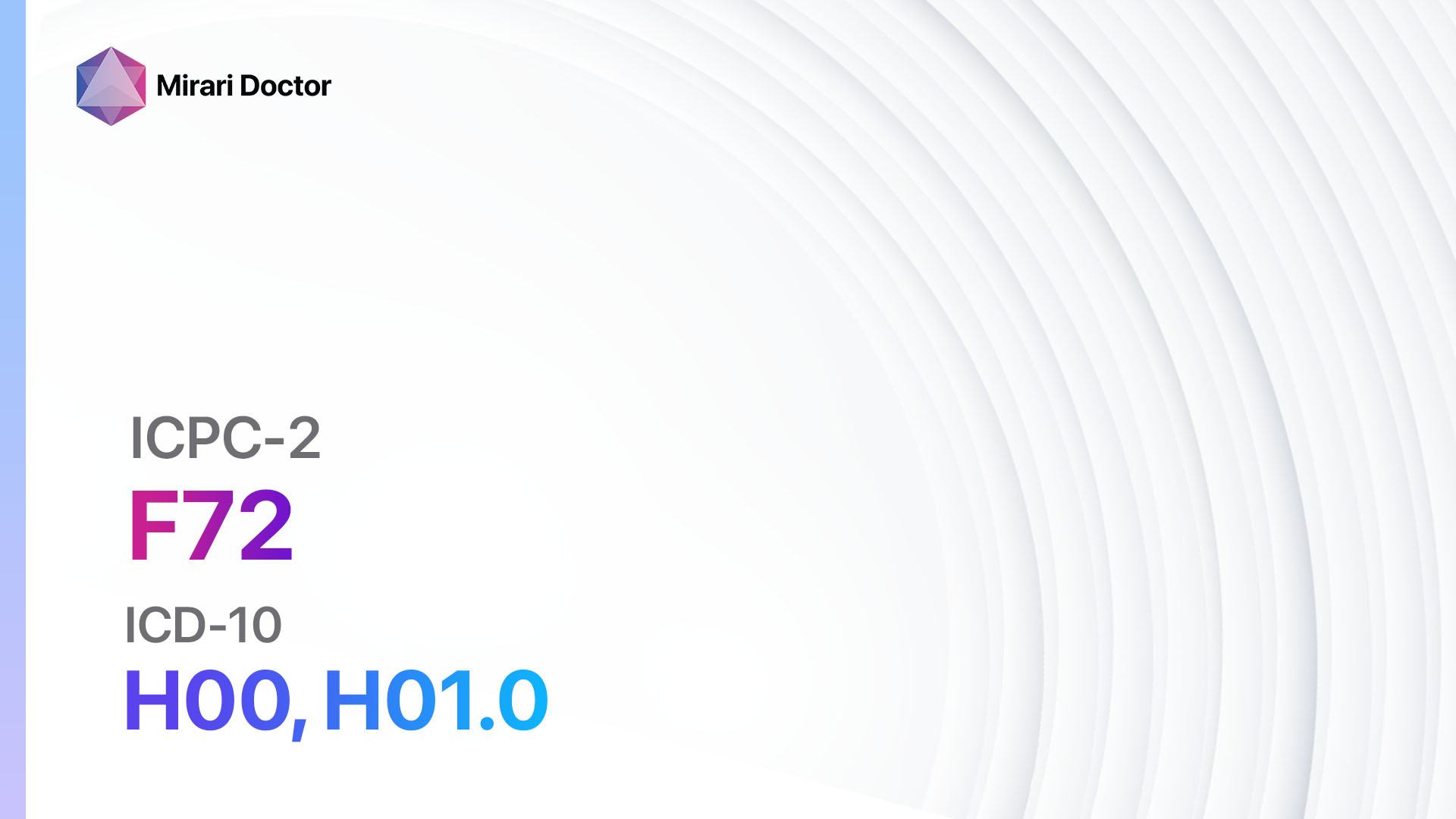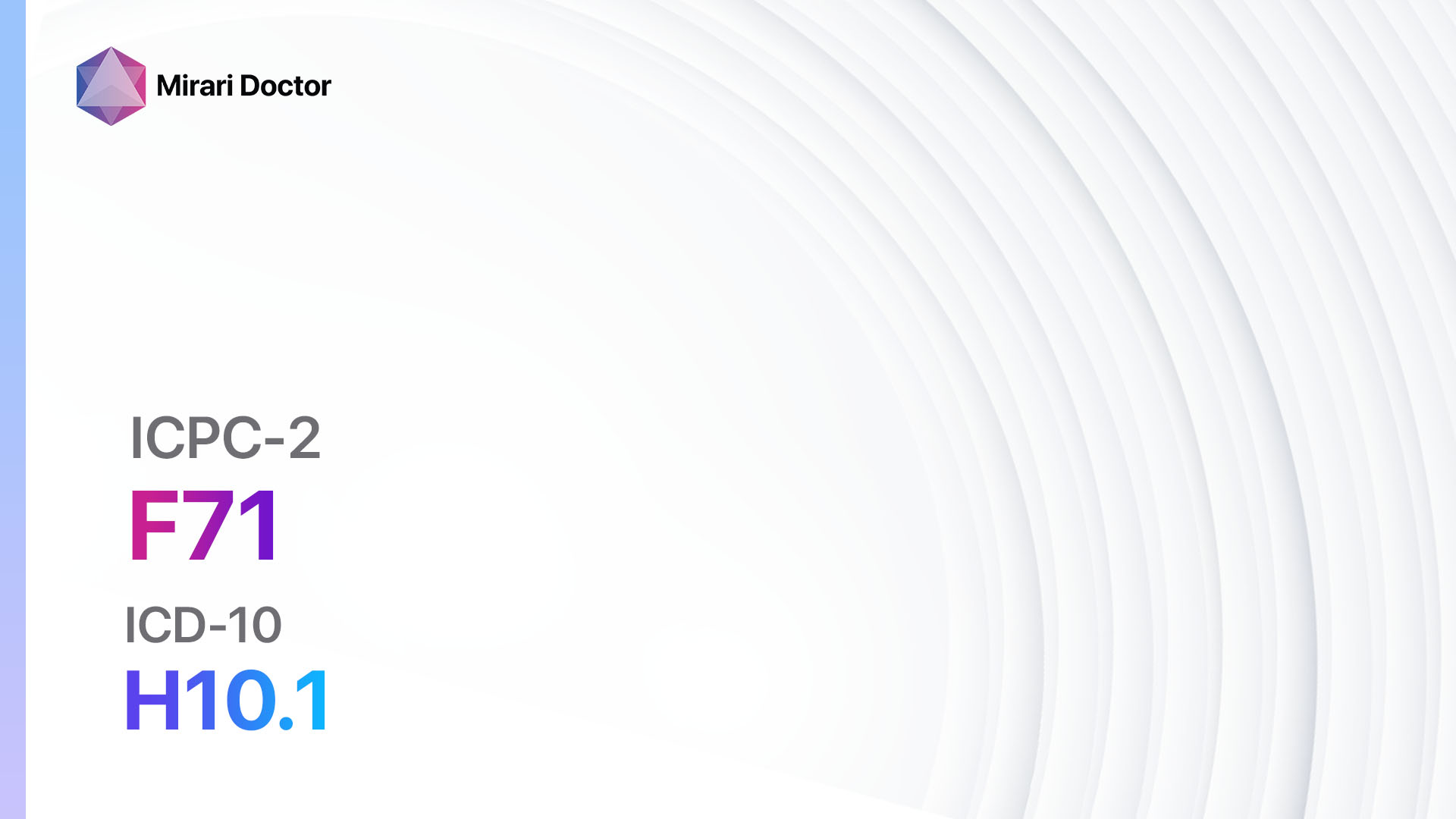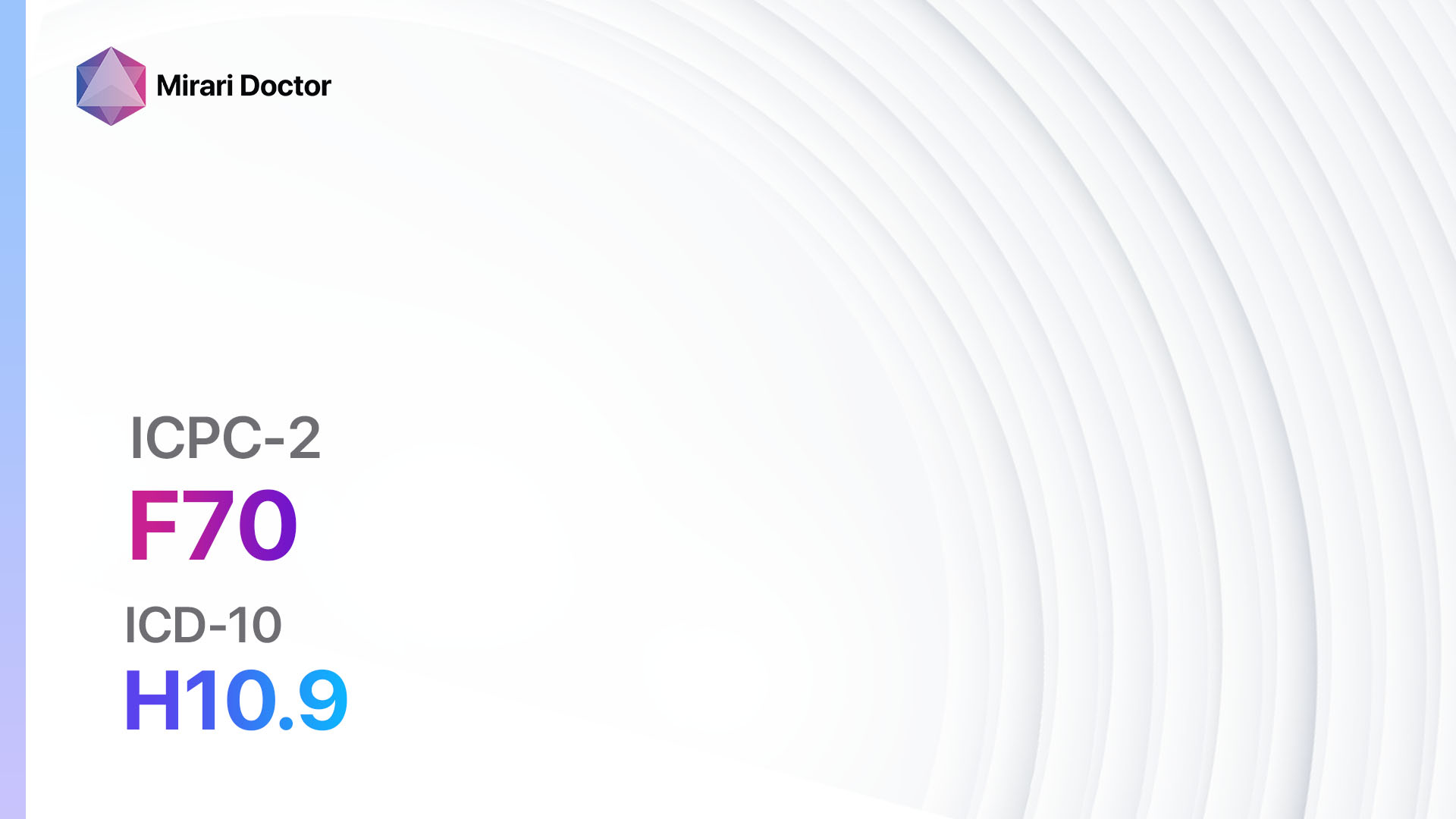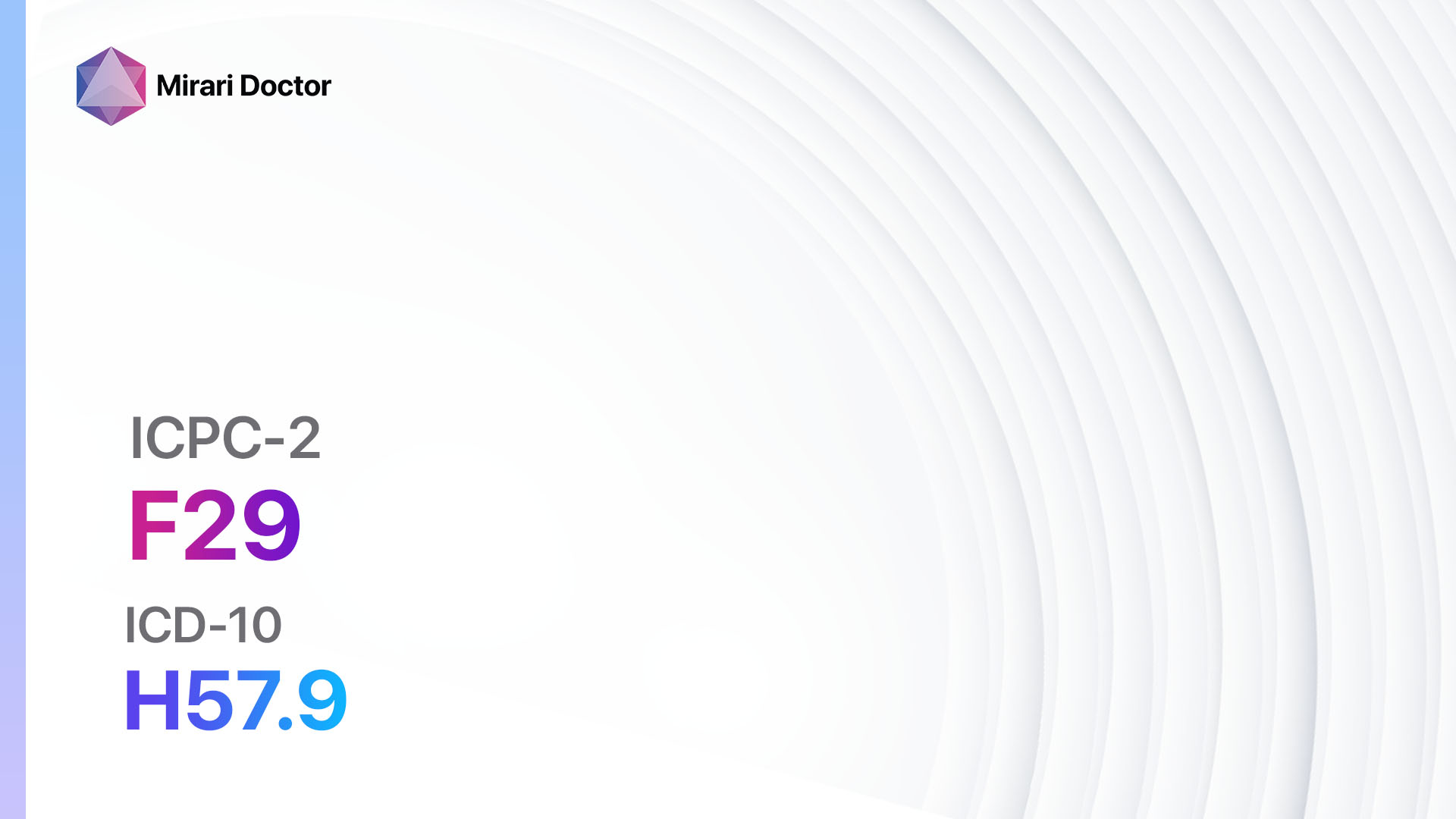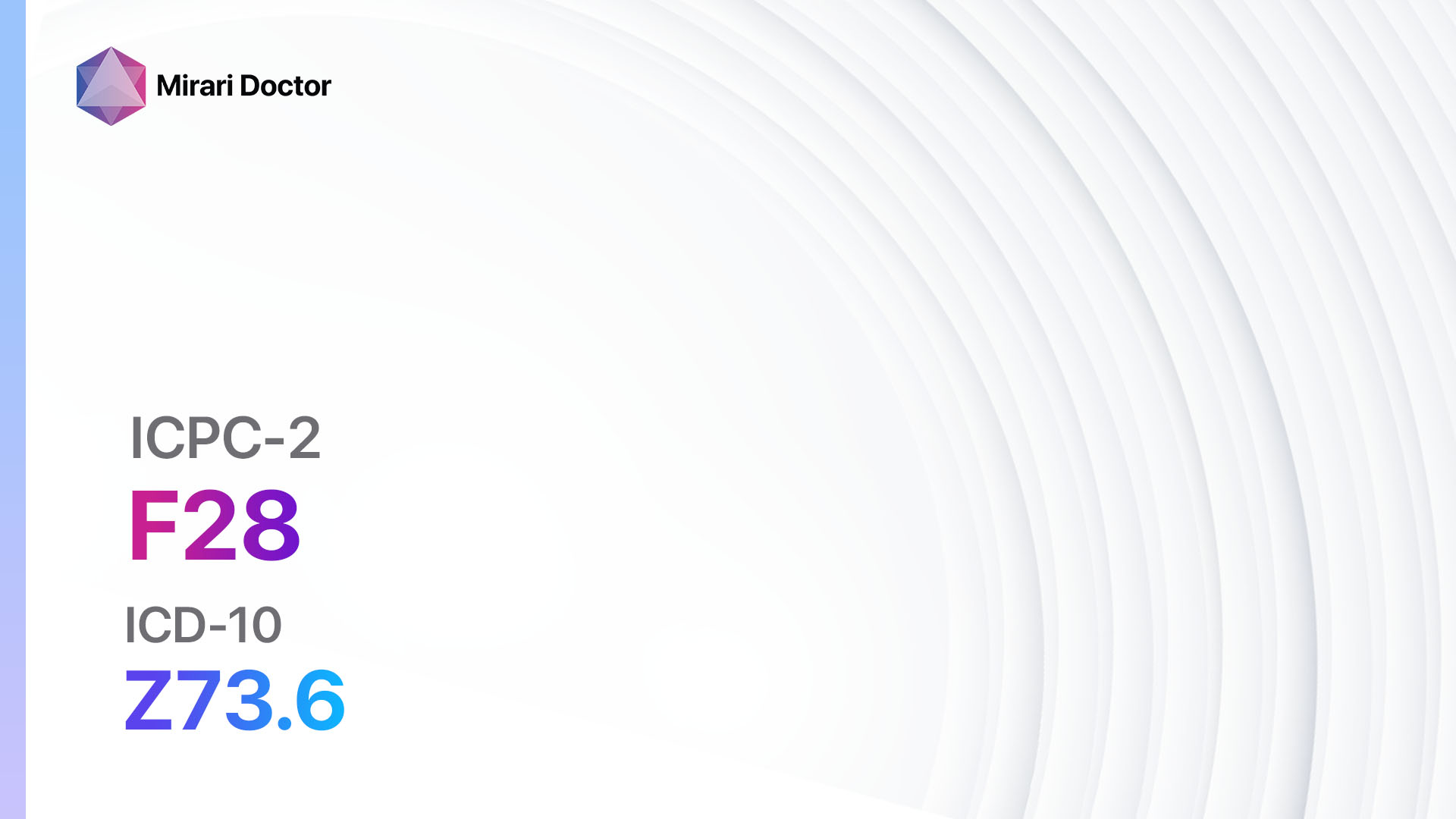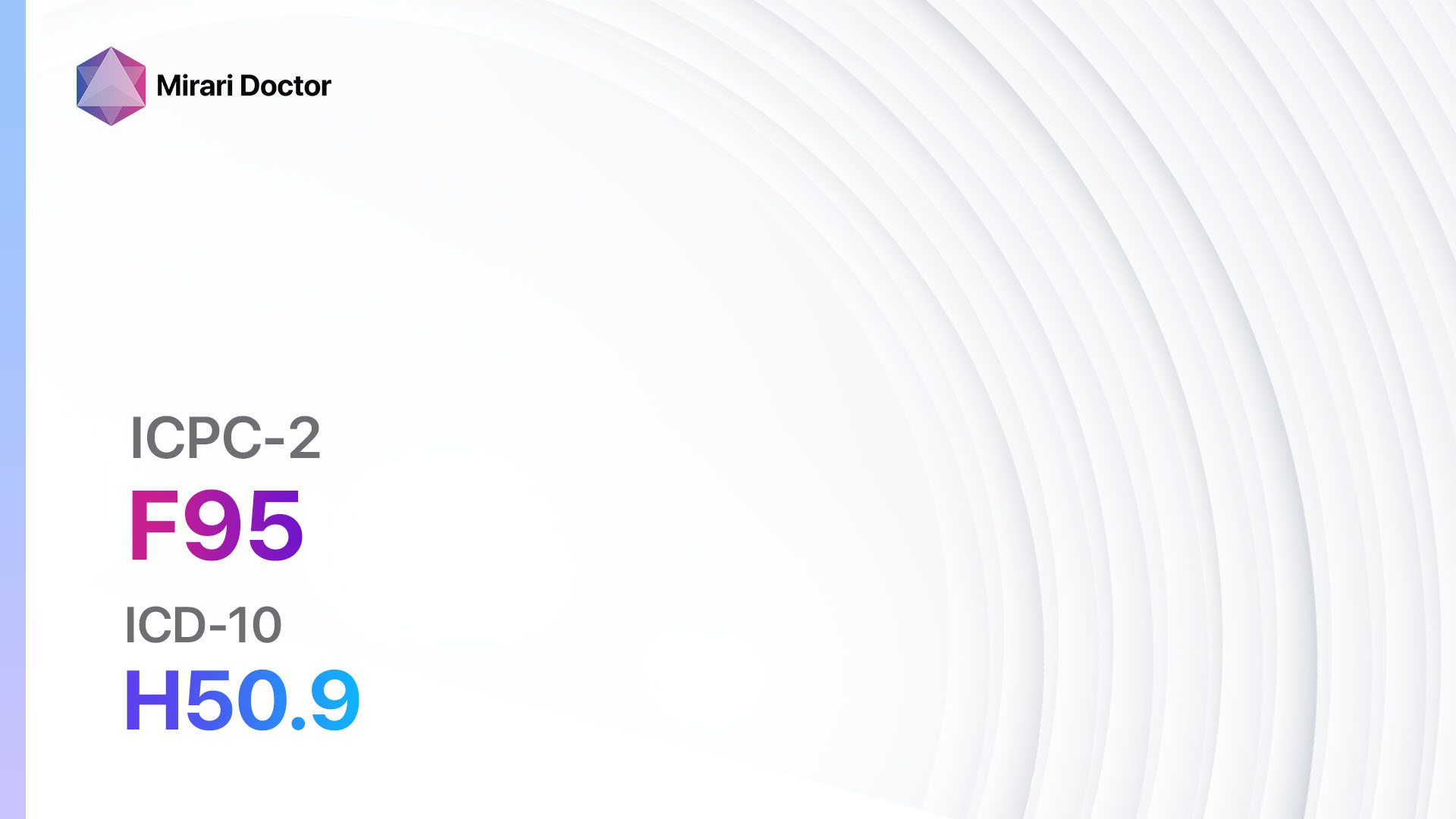
Introduction
Strabismus, also known as crossed eyes or squint, is a condition characterized by the misalignment of the eyes[1]. It occurs when the muscles that control eye movement are not properly coordinated, causing one or both eyes to turn inwards, outwards, upwards, or downwards[2]. This condition can lead to double vision, poor depth perception, and visual impairment if left untreated[3]. The aim of this guide is to provide a comprehensive overview of strabismus, including its symptoms, causes, diagnostic steps, possible interventions, and patient education.
Codes
Symptoms
- Misalignment of the eyes
- Double vision
- Poor depth perception
- Eye fatigue or strain
- Headaches
- Tilting or turning of the head to compensate for misalignment
- Difficulty focusing or maintaining eye contact
- Abnormal eye movements[4]
Causes
- Weak or imbalanced eye muscles
- Nerve damage or abnormalities affecting eye movement control
- Genetic factors
- Eye injuries or trauma
- Certain medical conditions, such as cerebral palsy or Down syndrome[5]
Diagnostic Steps
Medical History
- Gather information about the patient’s symptoms, including the onset, duration, and severity.
- Ask about any previous eye injuries or surgeries.
- Inquire about the presence of other medical conditions, such as cerebral palsy or Down syndrome.
- Assess the patient’s family history of strabismus or other eye disorders[6].
Physical Examination
- Observe the alignment of the eyes in different positions and directions of gaze.
- Assess the patient’s visual acuity using an eye chart.
- Evaluate the patient’s eye movements and coordination.
- Perform a cover test to detect any misalignment of the eyes.
- Measure the angle of deviation using a prism or specialized equipment[7].
Laboratory Tests
- No specific laboratory tests are required for the diagnosis of strabismus.
Diagnostic Imaging
- Imaging modalities, such as X-rays, ultrasound, CT scans, or MRIs, are not typically used for the diagnosis of strabismus. However, they may be necessary to assess underlying structural abnormalities or rule out other conditions[8].
Other Tests
- Refraction test: Determines the patient’s need for corrective lenses.
- Visual field test: Evaluates the patient’s peripheral vision.
- Electroretinography (ERG): Measures the electrical activity of the retina.
- Electromyography (EMG): Assesses the function of the eye muscles[9].
Follow-up and Patient Education
- Schedule regular follow-up appointments to monitor the progress of treatment.
- Educate the patient about the importance of compliance with treatment and the potential risks of untreated strabismus.
- Provide information about support groups or resources for individuals with strabismus[10].
Possible Interventions
Traditional Interventions
Medications:
Top 5 drugs for Strabismus:
- Botulinum toxin injections (e.g., Botox):
- Cost: $300-$600 per injection session.
- Contraindications: Hypersensitivity to botulinum toxin.
- Side effects: Temporary eyelid drooping, dry eyes, blurred vision.
- Severe side effects: Allergic reactions, difficulty breathing.
- Drug interactions: None reported.
- Warning: Effects are temporary and may require repeated injections.
- Glasses or contact lenses:
- Cost: Varies depending on the type and prescription.
- Contraindications: None.
- Side effects: None.
- Severe side effects: None.
- Drug interactions: None.
- Warning: Corrective lenses may not fully correct the misalignment.
- Prism glasses:
- Cost: $100-$300 per pair.
- Contraindications: None.
- Side effects: None.
- Severe side effects: None.
- Drug interactions: None.
- Warning: Prism glasses may not be suitable for all types of strabismus.
- Eye patches:
- Cost: $5-$20 per pack.
- Contraindications: None.
- Side effects: Skin irritation, discomfort.
- Severe side effects: None.
- Drug interactions: None.
- Warning: Patches should be used under the guidance of an eye care professional.
- Vision therapy:
- Cost: $50-$200 per session.
- Contraindications: None.
- Side effects: Eye strain, fatigue.
- Severe side effects: None.
- Drug interactions: None.
- Warning: Vision therapy requires regular and consistent practice.
Surgical Procedures:
- Strabismus surgery:
- Cost: $2,000-$10,000 per eye.
- Contraindications: Unstable medical conditions, severe eye infections.
- Side effects: Temporary eye redness, swelling, discomfort.
- Severe side effects: Infection, bleeding, scarring.
- Drug interactions: None.
- Warning: Surgery may not completely correct the misalignment and may require additional procedures.
Alternative Interventions
- Vision exercises: Eye exercises and activities aimed at improving eye muscle coordination. Cost: None.
- Acupuncture: May help improve eye muscle control and reduce eye strain. Cost: $60-$120 per session.
- Herbal supplements: Some herbal supplements, such as bilberry or ginkgo biloba, may have potential benefits for eye health. Cost: Varies depending on the specific supplement.
- Homeopathic remedies: Certain homeopathic remedies, such as Ruta graveolens or Arnica montana, may be used to support eye health. Cost: Varies depending on the specific remedy.
- Behavioral therapy: Therapy techniques aimed at improving eye-hand coordination and visual perception. Cost: $100-$200 per session.
Lifestyle Interventions
- Eye exercises: Regularly performing eye exercises can help improve eye muscle coordination. Cost: None.
- Healthy diet: Consuming a balanced diet rich in vitamins and minerals can support eye health. Cost: Varies depending on food choices.
- Proper lighting: Ensuring adequate lighting conditions can reduce eye strain. Cost: Varies depending on lighting fixtures.
- Reducing screen time: Limiting the use of electronic devices can help reduce eye fatigue. Cost: None.
- Stress management: Managing stress levels can help prevent exacerbation of symptoms. Cost: Varies depending on chosen stress management techniques.
It is important to note that the cost ranges provided are approximate and may vary depending on the location and availability of the interventions.
Mirari Cold Plasma Alternative Intervention
Understanding Mirari Cold Plasma
- Safe and Non-Invasive Treatment: Mirari Cold Plasma is a safe and non-invasive treatment option for various skin conditions. It does not require incisions, minimizing the risk of scarring, bleeding, or tissue damage.
- Efficient Extraction of Foreign Bodies: Mirari Cold Plasma facilitates the removal of foreign bodies from the skin by degrading and dissociating organic matter, allowing easier access and extraction.
- Pain Reduction and Comfort: Mirari Cold Plasma has a local analgesic effect, providing pain relief during the treatment, making it more comfortable for the patient.
- Reduced Risk of Infection: Mirari Cold Plasma has antimicrobial properties, effectively killing bacteria and reducing the risk of infection.
- Accelerated Healing and Minimal Scarring: Mirari Cold Plasma stimulates wound healing and tissue regeneration, reducing healing time and minimizing the formation of scars.
Mirari Cold Plasma Prescription
Video instructions for using Mirari Cold Plasma Device – F95 Strabismus (ICD-10:H50.9)
| Mild | Moderate | Severe |
| Mode setting: 1 (Infection) Location: 0 (Localized) Morning: 15 minutes, Evening: 15 minutes |
Mode setting: 1 (Infection) Location: 0 (Localized) Morning: 30 minutes, Lunch: 30 minutes, Evening: 30 minutes |
Mode setting: 1 (Infection) Location: 0 (Localized) Morning: 30 minutes, Lunch: 30 minutes, Evening: 30 minutes |
| Mode setting: 2 (Wound Healing) Location: 0 (Localized) Morning: 15 minutes, Evening: 15 minutes |
Mode setting: 2 (Wound Healing) Location: 0 (Localized) Morning: 30 minutes, Lunch: 30 minutes, Evening: 30 minutes |
Mode setting: 2 (Wound Healing) Location: 0 (Localized) Morning: 30 minutes, Lunch: 30 minutes, Evening: 30 minutes |
| Mode setting: 3 (Antiviral Therapy) Location: 7 (Neuro system & ENT) Morning: 15 minutes, Evening: 15 minutes |
Mode setting: 3 (Antiviral Therapy) Location: 7 (Neuro system & ENT) Morning: 30 minutes, Lunch: 30 minutes, Evening: 30 minutes |
Mode setting: 3 (Antiviral Therapy) Location: 7 (Neuro system & ENT) Morning: 30 minutes, Lunch: 30 minutes, Evening: 30 minutes |
| Total Morning: 45 minutes approx. $7.50 USD, Evening: 45 minutes approx. $7.50 USD |
Total Morning: 90 minutes approx. $15 USD, Lunch: 90 minutes approx. $15 USD, Evening: 90 minutes approx. $15 USD, |
Total Morning: 90 minutes approx. $15 USD, Lunch: 90 minutes approx. $15 USD, Evening: 90 minutes approx. $15 USD, |
| Usual treatment for 7-60 days approx. $105 USD – $900 USD | Usual treatment for 6-8 weeks approx. $1,890 USD – $2,520 USD |
Usual treatment for 3-6 months approx. $4,050 USD – $8,100 USD
|
 |
|
Use the Mirari Cold Plasma device to treat Strabismus effectively.
WARNING: MIRARI COLD PLASMA IS DESIGNED FOR THE HUMAN BODY WITHOUT ANY ARTIFICIAL OR THIRD PARTY PRODUCTS. USE OF OTHER PRODUCTS IN COMBINATION WITH MIRARI COLD PLASMA MAY CAUSE UNPREDICTABLE EFFECTS, HARM OR INJURY. PLEASE CONSULT A MEDICAL PROFESSIONAL BEFORE COMBINING ANY OTHER PRODUCTS WITH USE OF MIRARI.
Step 1: Cleanse the Skin
- Start by cleaning the affected area of the skin with a gentle cleanser or mild soap and water. Gently pat the area dry with a clean towel.
Step 2: Prepare the Mirari Cold Plasma device
- Ensure that the Mirari Cold Plasma device is fully charged or has fresh batteries as per the manufacturer’s instructions. Make sure the device is clean and in good working condition.
- Switch on the Mirari device using the power button or by following the specific instructions provided with the device.
- Some Mirari devices may have adjustable settings for intensity or treatment duration. Follow the manufacturer’s instructions to select the appropriate settings based on your needs and the recommended guidelines.
Step 3: Apply the Device
- Place the Mirari device in direct contact with the affected area of the skin. Gently glide or hold the device over the skin surface, ensuring even coverage of the area experiencing.
- Slowly move the Mirari device in a circular motion or follow a specific pattern as indicated in the user manual. This helps ensure thorough treatment coverage.
Step 4: Monitor and Assess:
- Keep track of your progress and evaluate the effectiveness of the Mirari device in managing your Strabismus. If you have any concerns or notice any adverse reactions, consult with your health care professional.
Note
This guide is for informational purposes only and should not replace the advice of a medical professional. Always consult with your healthcare provider or a qualified medical professional for personal advice, diagnosis, or treatment. Do not solely rely on the information presented here for decisions about your health. Use of this information is at your own risk. The authors of this guide, nor any associated entities or platforms, are not responsible for any potential adverse effects or outcomes based on the content.
Mirari Cold Plasma System Disclaimer
- Purpose: The Mirari Cold Plasma System is a Class 2 medical device designed for use by trained healthcare professionals. It is registered for use in Thailand and Vietnam. It is not intended for use outside of these locations.
- Informational Use: The content and information provided with the device are for educational and informational purposes only. They are not a substitute for professional medical advice or care.
- Variable Outcomes: While the device is approved for specific uses, individual outcomes can differ. We do not assert or guarantee specific medical outcomes.
- Consultation: Prior to utilizing the device or making decisions based on its content, it is essential to consult with a Certified Mirari Tele-Therapist and your medical healthcare provider regarding specific protocols.
- Liability: By using this device, users are acknowledging and accepting all potential risks. Neither the manufacturer nor the distributor will be held accountable for any adverse reactions, injuries, or damages stemming from its use.
- Geographical Availability: This device has received approval for designated purposes by the Thai and Vietnam FDA. As of now, outside of Thailand and Vietnam, the Mirari Cold Plasma System is not available for purchase or use.
References
- Gunton KB, Wasserman BN, DeBenedictis C. Strabismus. Prim Care. 2015;42(3):393-407. doi:10.1016/j.pop.2015.05.006
- Helveston EM. Understanding, detecting, and managing strabismus. Community Eye Health. 2010;23(72):12-14.
- Durnian JM, Noonan CP, Marsh IB. The psychosocial effects of adult strabismus: a review. Br J Ophthalmol. 2011;95(4):450-453. doi:10.1136/bjo.2010.188425
- Kanski JJ, Bowling B. Clinical Ophthalmology: A Systematic Approach. 8th ed. Elsevier; 2016.
- Mohney BG. Common forms of childhood strabismus in an incidence cohort. Am J Ophthalmol. 2007;144(3):465-467. doi:10.1016/j.ajo.2007.06.011
- Ye XC, Pegado V, Patel MS, Wasserman WW. Strabismus genetics across a spectrum of eye misalignment disorders. Clin Genet. 2014;86(2):103-111. doi:10.1111/cge.12367
- Choi RY, Kushner BJ. The accuracy of experienced strabismologists using the Hirschberg and Krimsky tests. Ophthalmology. 1998;105(7):1301-1306. doi:10.1016/S0161-6420(98)97037-1
- Jost RM, Yanni SE, Beauchamp CL, et al. Beyond screening for risk factors: objective detection of strabismus and amblyopia. JAMA Ophthalmol. 2014;132(7):814-820. doi:10.1001/jamaophthalmol.2014.424
- Jain S, Proudlock F, Constantinescu CS, Gottlob I. Combined pharmacologic and surgical approach to acquired nystagmus due to multiple sclerosis. Am J Ophthalmol. 2002;134(5):780-782. doi:10.1016/s0002-9394(02)01651-0
- Michaelides M, Moore AT. The genetics of strabismus. J Med Genet. 2004;41(9):641-646. doi:10.1136/jmg.2004.021667
Related articles
Made in USA


